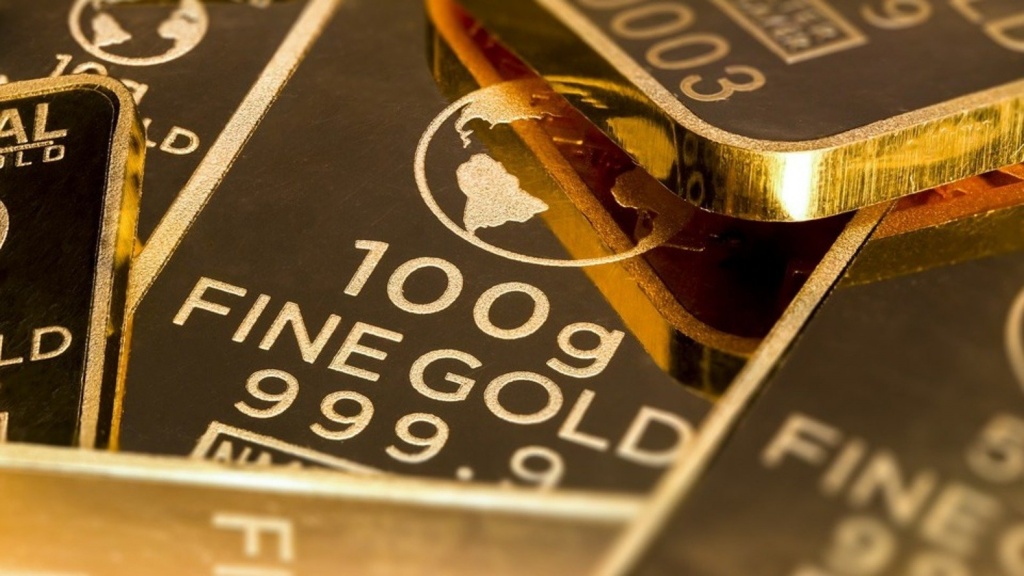
- Price of gold sinks against a backdrop of rising interest rates, a stronger dollar and despite greater geopolitical uncertainty.
- Gold fails to deliver as a hedge against uncertainty and inflation as a stronger dollar trumps its role in a portfolio.
In the past, gold represented more than just a store of value, it gave monarchs the power to raise armies, wage war and issue currency.
But the precious metal’s role in the modern and highly financialized economy has been somewhat more complicated.
Typically seen as a haven asset during times of uncertainty, gold has lost its luster as investors who hoarded bullion as a hedge against uncertainty in the wake of Russia’s invasion of Ukraine, have since seen the dollar value of their holdings dwindle.
And that’s because gold typically shines against a backdrop of a weak dollar, geopolitical instability and low interest rates, with only one factor present at the moment.
A weaker dollar mathematically raises the price of dollar-denominated commodities, of which gold is one, and lower interest rates help to paper over gold’s non-yielding properties.
Gold has experienced its fifth consecutive month of declines for the first time in four years and money managers are simply not buying the stuff.
ETFs which had held a mountain of gold in the wake of the Russian invasion of Ukraine have since whittled down their stakes to almost nothing.
Jewelry, which accounts for about half of gold demand has seen lackluster sales because as inflation causes consumers to tighten their belts and hold back on discretionary purchases.
Short interest in gold has also increased to the point that on Chicago-traded gold futures and options, net positioning was short in July before moderating in August to flat.
Gold has been around as an asset class for thousands of years, staring with the ancient Mesopotamians, but whether its dollar value is durable, especially in the short term and against a backdrop of tightening monetary policy is a different story altogether.



